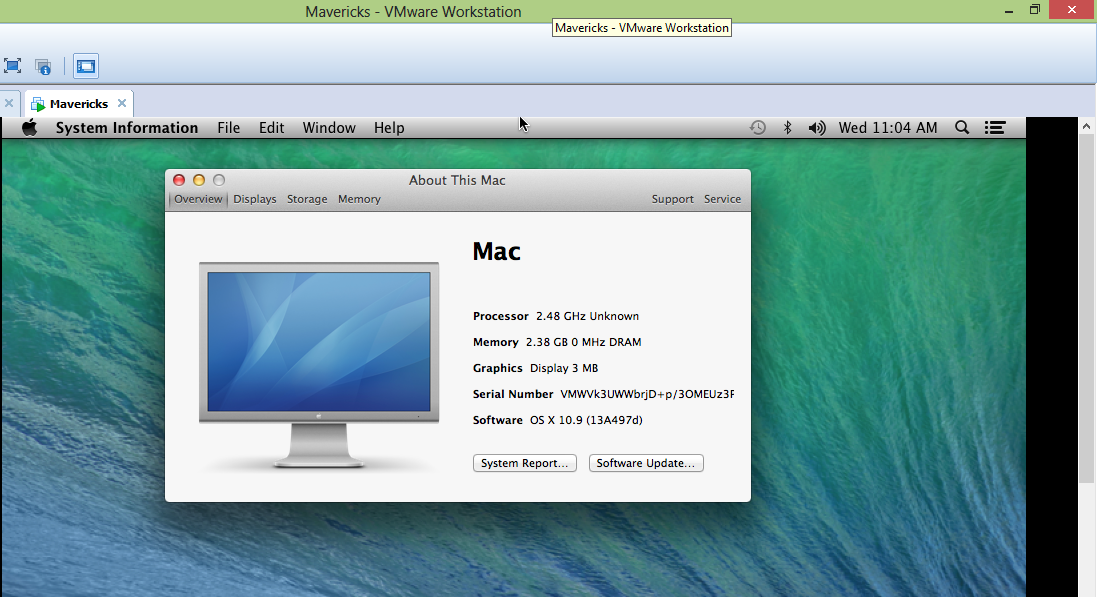
Thousands of files are about to be swapped around your hard drive as you upgrade to Mavericks, so it makes sense to make sure everything is in tip-top condition. In fact, it wouldn't hurt to do a scan of your system using Disk Utility (it's in the Applications > Utilities folder) or with a third-party utility like Disk Warrior, just in case things aren't running as well as they should be. Installing Mavericksīefore you install Mavericks, be sure to back up your Mac. Instead, Mavericks is focused on refinements throughout the operating system and built-in apps, a few invisible features largely designed to improve laptop battery life and a couple of big additions borrowed from iOS. Unlike iOS 7, the overall user interface has been left largely intact. Like iOS 7, Apple's just-updated mobile OS, Mavericks has been stripped of skeuomorphic elements. Even so, it still looks and acts very much like its predecessor, Mountain Lion, meaning there's no major learning curve for users who upgrade. Unlike previous versions, Mavericks is the first to be named after a place in California instead of a large cat - and the first to be given away by Apple for free.

OS X 10.9, better known as Mavericks, is the 10th iteration of the operating system that powers Apple's desktops and laptops.

Mavericks is the first version of OS X not named after a big cat.


 0 kommentar(er)
0 kommentar(er)
